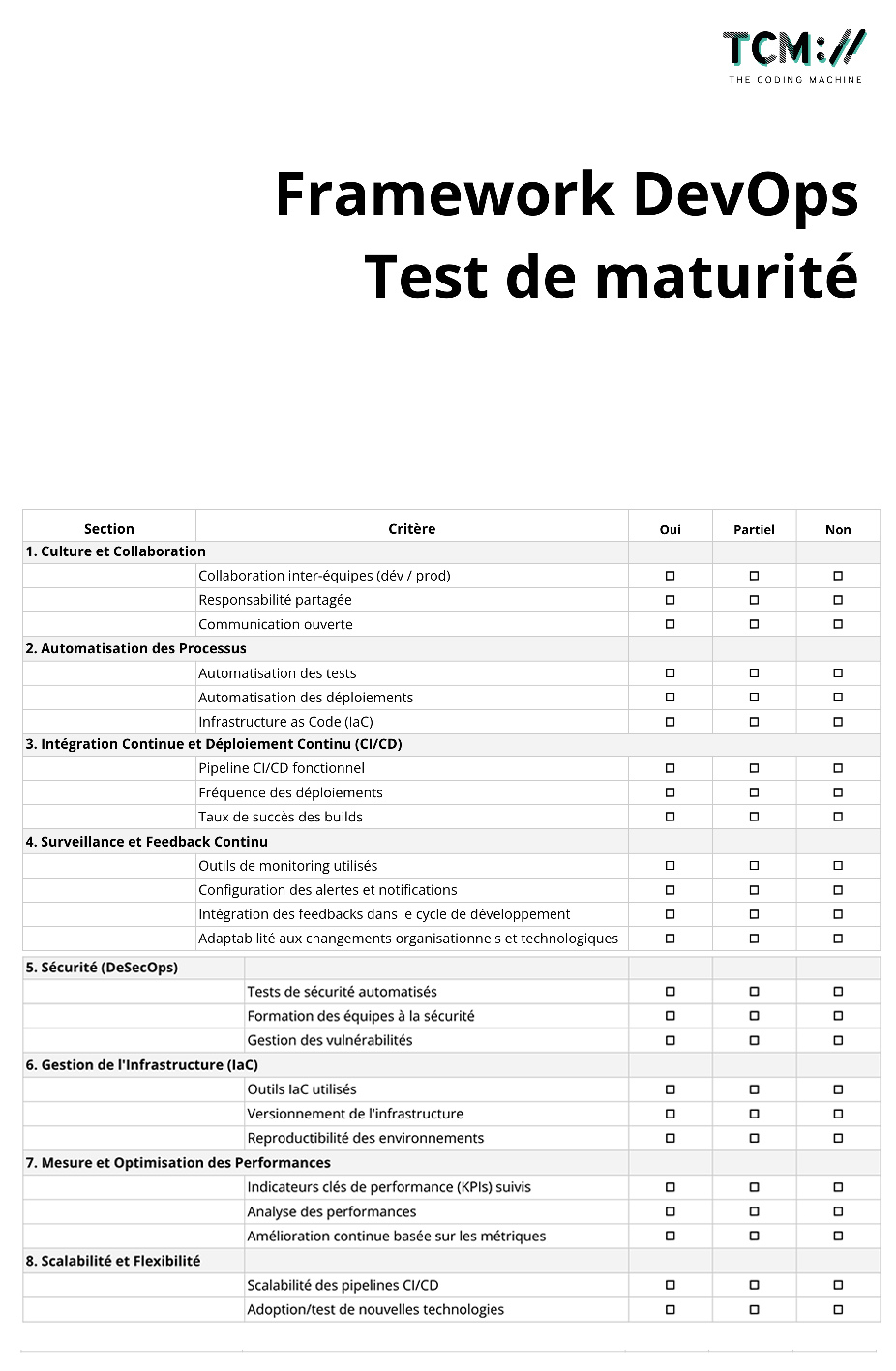IoT Checklist : Main Hardware and Software Explained
An IoT (Internet of Things) project is based on the interconnection between hardware and software components, all of which are essential for collecting, transmitting, analysing and using data. This article explores the essential components of an IoT project, from data collection via sensors to the user interface.
Sensors: the foundation of IoT projects
Among the essential components of an IoT project, sensors are the first indispensable element, the heart of any IoT system. They collect data in real time from the physical environment. This data is then used to trigger actions or analyses.
- Common types of sensor :
- Temperature and humidity sensors: used in home automation and agriculture to monitor environmental conditions.
- Accelerometers: measure acceleration, used in connected watches or to detect vibrations in industry.
- Proximity sensors: ideal for security systems and industrial applications.
Depending on the project, other types of sensor can be integrated, such as those measuring pressure, light or air quality.

Connectivity: linking devices to the system
Connectivity is the second essential component of an IoT project.
Connectivity is essential for transferring data from sensors to processing platforms. The choice of technology depends on requirements in terms of range, energy consumption and throughput.
- Wi-Fi: ideal for large amounts of data and a stable connection, but energy-hungry.
- Bluetooth: perfect for short-range communications with low power consumption.
- ZigBee: widely used for smart homes, thanks to its low cost and mesh capacity.
- LoRaWAN: offers a very long range and low energy consumption, suitable for rural areas or industrial projects.
- Cellular networks: essential for mobile devices requiring extensive coverage, despite higher costs and energy consumption.
Each technology has its own advantages and disadvantages, depending on the context, and needs to be carefully evaluated.
Data storage: local or cloud?
The essential components of an IoT project: data storage.
The data collected by sensors needs to be stored before it can be analysed. Storage can be local (on the device itself or on a dedicated server) or in the cloud, each solution having its advantages.
- Local storage:
Appropriate for specific security needs or when the internet connection is intermittent. - Cloud storage:
Enables large volumes of data to be managed and accessed in real time.
Common technologies:- MongoDB for unstructured or massive data.
MongoDB is a document-oriented NoSQL database. It is therefore ideally suited to IoT applications, which sometimes require great flexibility in data storage. It also makes it easy to manage massive volumes of unstructured data. It is often used to store real-time sensor data, event logs, etc. - InfluxDB for time series, ideal for chronological data such as sensor data.
InfluxDB specialises in the storage of time series. If you have time series data, such as sensor data, this is ideal. It is optimised for fast writes while being able to manage large amounts of data with low latency. InfluxDB is often used for infrastructure monitoring, performance analysis, tracking environmental conditions or managing industrial equipment…
- MongoDB for unstructured or massive data.
The choice of storage method depends on the speed of data access, available bandwidth and budgetary constraints.
Web platform or mobile application: the user interface
The essential components of an IoT project: the user interface.
The user interface is the point of contact between the user and the IoT system. A good platform must be intuitive, responsive and accessible.
- Key roles:
- Enable configuration of connected devices.
- View data collected in real time.
- Provide control options, such as adjusting temperature or activating alarms.
- Examples of use:
- In a smart home, a mobile application can be used to adjust lighting or monitor security systems.
- In agriculture, a platform can provide real-time graphs of soil moisture or the weather.
Responsive design is crucial if the interface is to be usable on screens of varying sizes (smartphones, tablets, computers).
The importance of coherent integration
A successful IoT project depends on the ability to integrate these different components harmoniously. For example, a high-performance sensor becomes useless if it is coupled with an unstable connection or a complicated user interface. Particular attention must be paid to the compatibility of components, the scalability of the architecture, and data security at every stage.
Conclusion
The essential components of an IoT project are the foundations on which the entire value of the solution rests. From the choice of sensors to the design of the user interface, each stage requires special attention to ensure that the system is reliable, high-performing and tailored to your needs.
Ready to get started on your IoT project? Take the time to plan each component carefully, to lay a solid foundation for the success of your initiative.
Interested in IoT projects? Read our introductory article on IoT: key concepts and key use cases


















